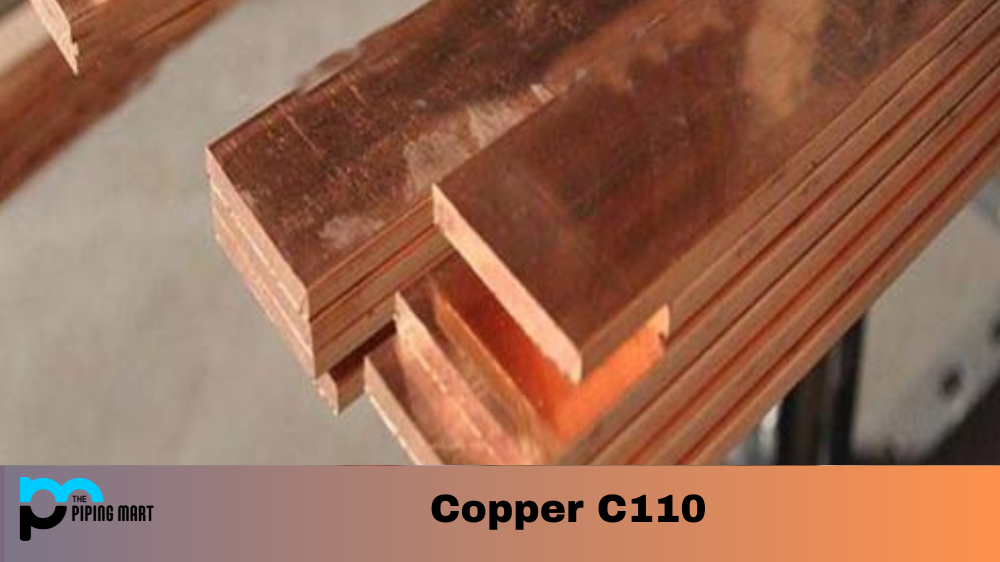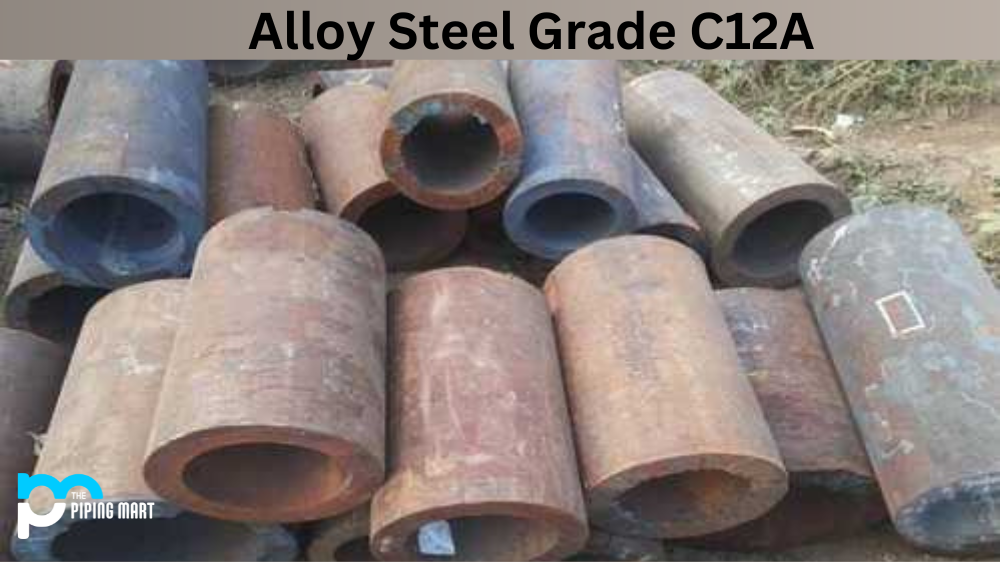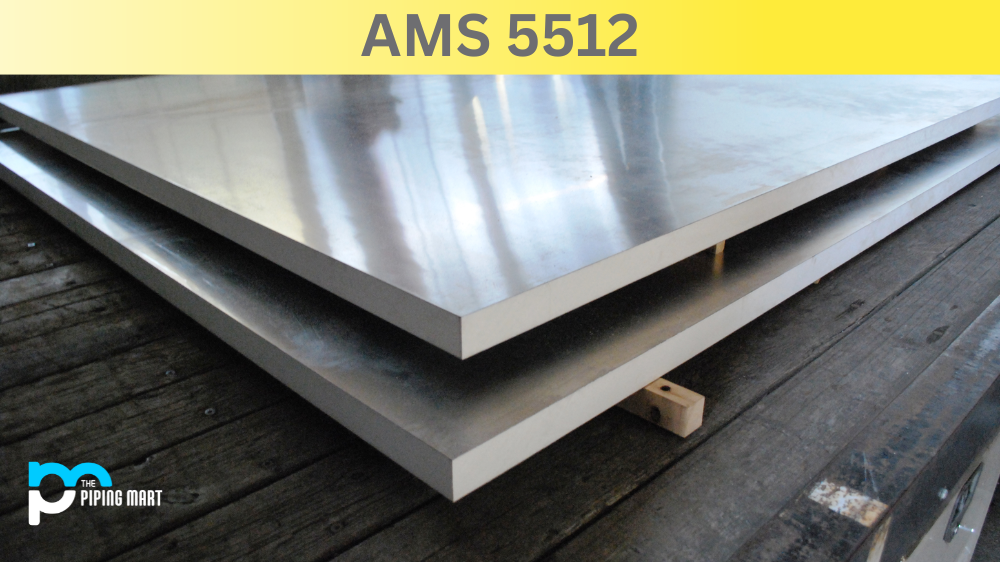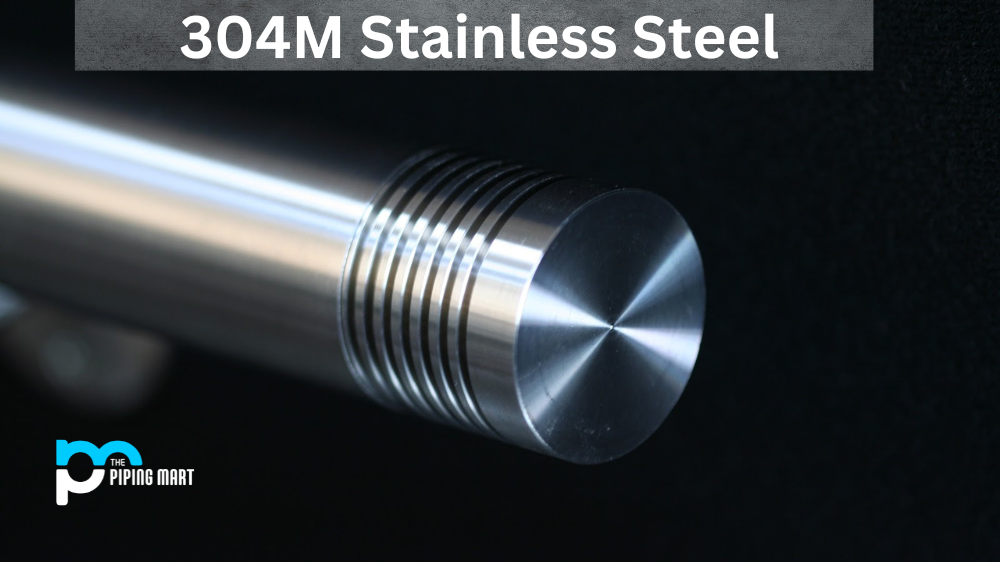Copper C11000 is a type of copper alloy with many applications in many industries. It comprises 99.9% copper and 0.1% phosphorus, giving it superior properties such as high strength, good electrical and thermal conductivity, and excellent corrosion resistance. This blog post will discuss the composition, chemical properties, mechanical properties, physical properties, uses, corrosion resistance, heat resistance, heat treatment, machining, and welding of Copper C110.
What Forms is Copper C110 Available at Piping Mart?
- Copper C110 Bolts
- Copper C110 Fasteners
- Copper C110 Bars
- Copper C110 Screw
- Copper C110 Stud Bolts
- Copper C110 Washers
- Copper C110 Nuts
- Copper C110 Coil
C110 Copper Composition
C110 Copper is an alloy composed of 99.9% copper and 0.1% phosphorus. This combination gives it a high level of strength compared to other copper alloys. The addition of phosphorus also improves its electrical and thermal conductivity while increasing its corrosion resistance.
| Cu* | Pb | Zn | Fe | P | Ag | As | O2 | Sb | Te | |
| Min | 99.99 | |||||||||
| Max | 0.0005 | 0.0001 | 0.0010 | 0.0003 | 0.0025 | 0.0005 | 0.0005 | 0.0004 | 0.0002 |
C110 Copper Chemical Properties:
The chemical composition of Cu C110 makes it resistant to corrosion by most acids and alkalis and sea water. It has good oxidation resistance when exposed to air or oxygenated water at temperatures below 300°C (572°F).
Copper C110 Mechanical Properties
The mechanical properties of Copper C110 include a tensile strength of 200 MPa (29 KSI), a hardness of 45-50 HRC (HRC = Rockwell Hardness Scale), and an elongation rate of 10-20%. It also has excellent fatigue strength and ductility, which makes it suitable for parts that require repeated flexing or bending without breaking or cracking.
| Tensile Strength | Yield Strenth1 | Elongation2 | |
|---|---|---|---|
| Temper-Annealed | 26 to 38 ksi | 6 to 13 x 1000 psi | 20-50 |
Copper C11000 Physical Properties
The physical properties of Copper Alloy C110 include a density of 8.95 g/cm3 (0.323 lb/in3), an electrical resistivity at 20°C (68°F) of 1.7 x 10-6 Ω•m (0.000106 Ω•in) and a thermal conductivity at 25°C (77°F) range between approximately 400-450 W/m•K (238-266 BTU/(hr•ft2•°F)).
|
Physical Properties 110
|
|||||
| -O/Annealed | -H00 | -H01 | -H02 | -H04 | |
|---|---|---|---|---|---|
| Density | 0.321 lb/in3 | 0.321 lb/in3 | 0.321 lb/in3 | 0.321 lb/in3 | 0.321 lb/in3 |
| Ultimate Tensile Strength | 32 ksi | 36 ksi | 38 ksi | 42 ksi | 50 ksi |
| Yield Tensile Strength | 10 ksi | 28 ksi | 30 ksi | 36 ksi | 45 ksi |
| Shear Strength | 22 ksi | 25 ksi | 25 ksi | 26 ksi | 28 ksi |
| Shear Modulus | 6,300 ksi | 6,300 ksi | 6,300 ksi | 6,300 ksi | 6,300 ksi |
| Hardness Rockwell | Brinell | B10 | 57 | B10 | 57 | B25 | 64 | B40 | 74 | B50 | 83 |
| Elongation at Break Percentage | 55% | 33% | 22% | 14% | 20% |
| Modulus of Elasticity | 17,000 ksi | 16,700-18,900 ksi | 16,700-18,900 ksi | 16,700-18,900 ksi | 16,700-18,900 ksi |
| Poisson’s Ratio | 0.34 | 0.34 | 0.34 | 0.34 | 0.34 |
| Machinability Percentage | 20% | 20% | 20% | 20% | 20% |
| Melting Point | 1,949-1,981 °F | 1,949-1,981 °F | 1,949-1,981 °F | 1,949-1,981 °F | 1,949-1,981 °F |
| Specific Heat | 9.2 x 10^-2 BTU/lb-°F | 9.2 x 10^-2 BTU/lb-°F | 9.2 x 10^-2 BTU/lb-°F | 9.2 x 10^-2 BTU/lb-°F | 9.2 x 10^-2 BTU/lb-°F |
| Thermal Conductivity | 2690 BTU-in/hr-ft^2-°F | 2690 BTU-in/hr-ft^2-°F | 2690 BTU-in/hr-ft^2-°F | 2690 BTU-in/hr-ft^2-°F | 2690 BTU-in/hr-ft^2-°F |
| Electrical Conductivity | 100% IACS | 100% IACS | 100% IACS | 100% IACS | 100% IACS |
Alloy C110 Copper Equivalent
- ASTM B1, B2, B8, B48, B272, B298, F68
- AMS 4700
- Federal QQ-W-343
Copper C110 Specifications
- ASTM B1
- ASTM B2
- ASTM B3
- ASTM B33
- ASTM B48
- ASTM B152
- ASTM B246
- ASTM B250
- ASTM B272
- ASTM B298
- ASTM B355
C110 Copper Uses
Due to its superior properties such as high strength, good electrical conductivity, heat resistivity, corrosion resistance and ductility; Copper C110 can be used in various applications such as electronics components, connectors for power cables & wires, fasteners & nuts & bolts for construction projects, etc., automotive parts & accessories like brake pipes & fuel lines, etc., telecom equipment like telephones & routers, etc., aircraft components like landing gear struts, etc., musical instruments like guitar strings, etc., medical devices like orthopedic implants, etc., jewelry items like rings & bracelets, etc., architectural details like door handles & window frames, etc., furniture fittings like hinges & screws, etc.
Electrical Applications
UNS C11000 is often used in electrical applications due to its high conductivity and resistance to corrosion. The metal is commonly used in electrical wiring and electrical components such as switches and circuit breakers.
Roofing and Gutters
Copper C110 is also frequently used in roofing and gutter applications. The metal’s resistance to corrosion makes it an ideal material for these purposes, as it will not be susceptible to rust or other forms of degradation.
Plumbing
Copper C11000 is often used in plumbing applications due to its corrosion resistance and ability to withstand high temperatures. The metal is commonly used in pipes and fittings, as well as in water heaters and boilers.
HVAC
Copper C110 is frequently used in heating, ventilation, and air conditioning (HVAC) applications. The metal’s resistance to corrosion makes it an ideal material for these purposes, as it will not be susceptible to rust or other forms of degradation.
Automotive Applications
Copper Alloy C11000 is also often used in automotive applications due to its high conductivity and resistance to corrosion. The metal is commonly used in electrical wiring and components, as well as in fuel lines and brakes.
Marine Applications
Copper C110 is also frequently used in marine applications due to its corrosion resistance. The metal is commonly used in boat hulls, piping, and fittings below the waterline.
Manufacturing Applications
Copper C11000 is also often used in manufacturing applications due to its high conductivity and resistance to corrosion. The metal is commonly used in electrical wiring and components, as well as in pipes and fittings.
Heat Treatment
Copper C110 can be hardened by cold working or by using age hardening techniques such as heat treating or precipitation hardening processes at temperatures ranging from 150-250˚C (302-482˚F). This process increases the strength and hardness while maintaining the ductility needed for forming operations on this material with excellent fatigue life characteristics.
Machining
C110 Copper Material can be machined using standard methods. However, the material must first be annealed before machining to prevent work hardening, which could lead to poor surface finish quality on the finished part. Machining parameters should also be adjusted depending on the tool type used for cutting due to its relatively soft nature compared to steel alloys. A lubricant should also be used during machining operations to prevent galling or seizing between the cutting tool and material.
Welding
Copper C110 can be welded using conventional arc welding methods such as ox gas torch, inert tungsten gas, and flux-cored arc welding. However, joining dissimilar metals may require special filler materials. Brazing is another method that can be used with this alloy but must use brazing filler materials specifically designed for joining copper alloys.
Corrosion Resistance
Alloy 110 is an alloy that has been known for its extreme corrosion resistance. Being composed of 99% copper, along with small amounts of manganese and phosphorus, C110 provides superior durability in environments where moisture and salt are present. Its strength and ability to remain intact even after long exposure to corrosive agents make it a popular choice for numerous industrial processes such as marine and chemical construction, plumbing fixtures, and process piping. With its great resistance to rusting and pitting, Copper C110 proves time and again why it is the number one choice for corrosion-resistant applications.
Heat Resistance
C11000 Copper is a type of copper noted for its superior heat resistance, making it an attractive material for industrial applications. Its high melting point of 1083°C makes it one of the strongest materials in hot environments, making it ideal for products and components that encounter intense heat, such as engines and boilers. Copper C110 is also used where extra strength and fire resistance are needed, such as in commercial roofing and ventilation systems. With its excellent balance between strength and temperature tolerance, Copper C110 provides users with reliable structural integrity under harsh conditions.
Conclusion
As you can see from above, there are many benefits associated with using Copper C110 alloy in your manufacturing processes due to its superior properties, such as high strength, good electrical conductivity, heat resistivity, corrosion resistance, ductility, and fatigue life characteristics, among others. Additionally, it is relatively easy to machine or weld, making it ideal for many different applications across multiple industries worldwide. If you are looking for an alternative metal solution, then consider using this exceptional copper alloy today!

Meet Bhavesh, a seasoned blogger with a wealth of knowledge and experience. From metal products manufacturing to retail, Bhavesh has a diverse background in various industries and is dedicated to sharing his insights and expertise with readers.




